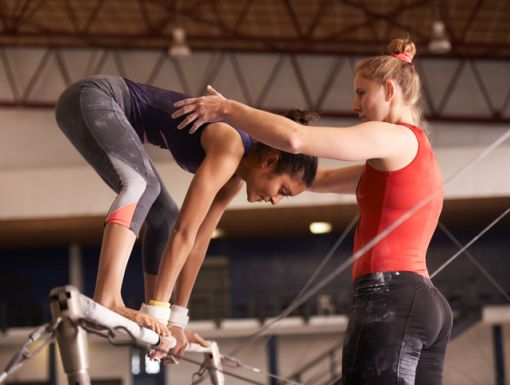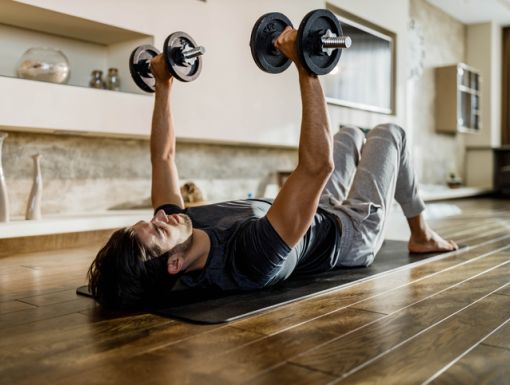
How to Train Like an Olympic Swimmer
It is always exciting to watch the swimming events during the Summer Olympics. Luckily, you do not have to be an Olympian to be a swimmer! Swimming is a fantastic exercise for swimmers of all abilities. It gets your heart rate up, is low impact on the body and targets many different muscle groups. Here are a few ways to get started.
Dress for Success
There are not many pieces of equipment that you need for a swim workout. All you need is a pool and a swimsuit, for starters! However, you will probably also want a pair of goggles to protect your eyes from chlorine. Additionally, swimmers with long hair will typically wear a swim cap to protect hair from chlorine and reduce drag in the water. Do not forget a towel for afterward!
Technique, technique, technique
Although professional swimmers make swimming look effortless, there is quite a lot of technique involved! Taking the time to learn how to move through the water may take some time, but it will ultimately help conserve energy and help you swim faster. Try out these swimming drills that you can do to focus on your body’s placement in the water and these breathing techniques to work on lung capacity.
It may also be helpful to have someone watch your technique to give feedback or even record your swim on their phone for you to watch later. Learning how to swim with the proper technique may take some time but will pay off in the long run!
Mix up your routine
Swimming freestyle laps for an entire pool session can get old quickly. Fortunately, there are plenty of ways to switch up your swim while still getting a great workout. Here are a few ways to add variety to your next swim:
- Instead of just freestyle, try incorporating the other three strokes into your workout: butterfly, backstroke and breaststroke.
- Use a kickboard to focus on your kicking technique.
- Place a pull buoy between your legs and use just your arms to swim.
- Switch up the intensity of your swim - swim as fast as you can for a few laps, then swim at a slower pace for a few laps to recover. Then repeat.
Keep your eyes on the clock
Because swimming is mostly an individual sport, the race will often be against yourself. A great way to measure where you are and continue to improve is to time how long it takes you to swim 50 or 100 yards (2-4 laps in a standard 25-yard pool). Then, try swimming that same distance as many times as you can while staying around that time. Many pools will have a clock nearby to help keep track of time, but you can always bring a waterproof watch or fitness tracker with you as well.
Listen to your body
Although swimming is a fantastic low-impact exercise for joints, you can still become injured if you do too much too soon. Make sure to drink plenty of water before, during and after your workout to help prevent cramping, and take time after your swim to stretch out sore muscles.
We might not all be Olympians, but everyone can reap the benefits from swim training. If you are interested in learning more about swim lessons for yourself or your child, or you want to join Ochsner Fitness Center’s adult Masters Swim team, please contact christina.offutt@ochsner.org for more information.



